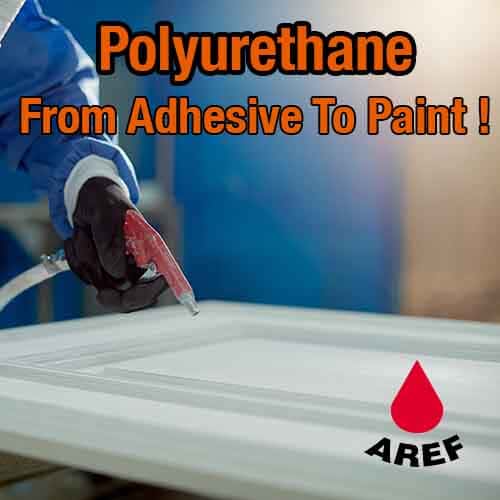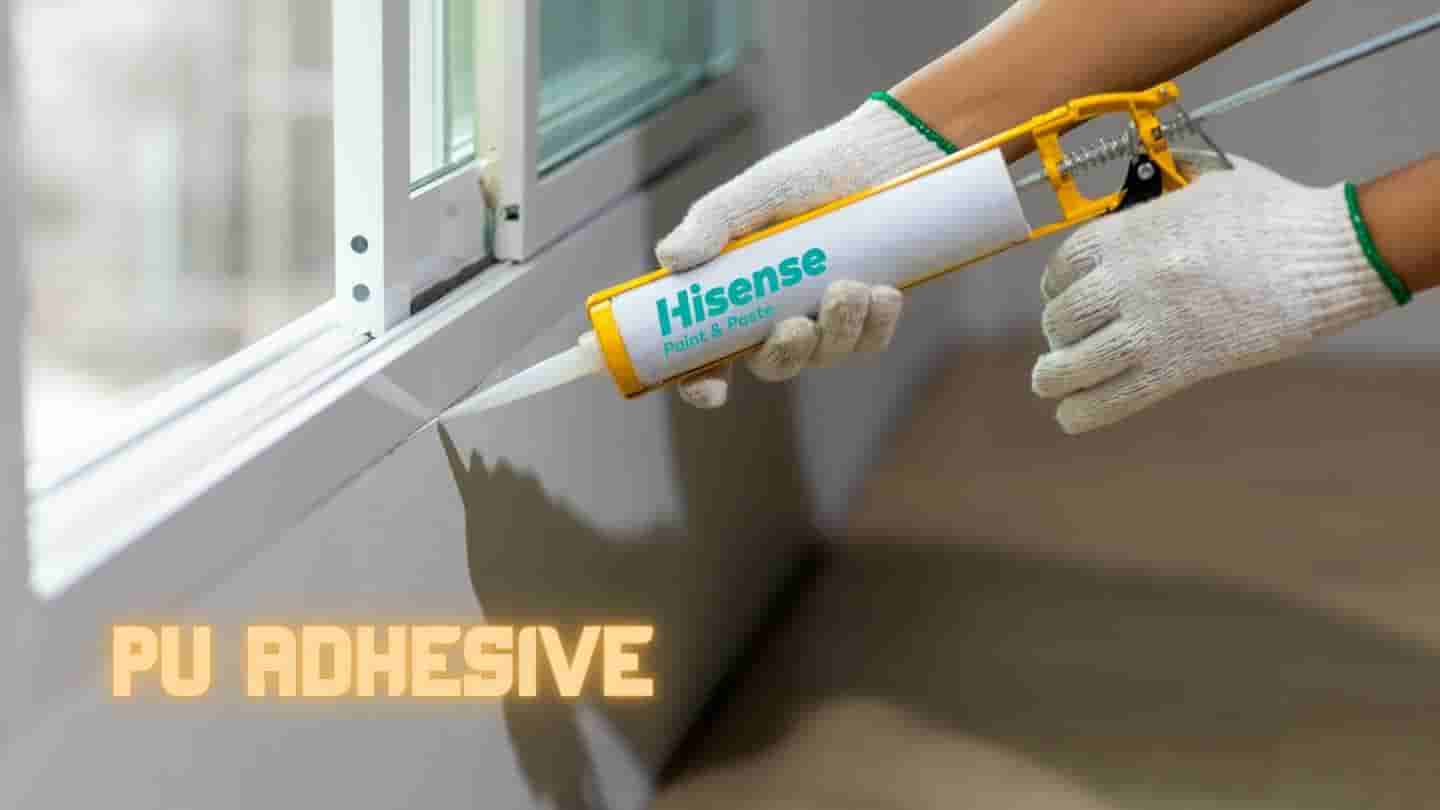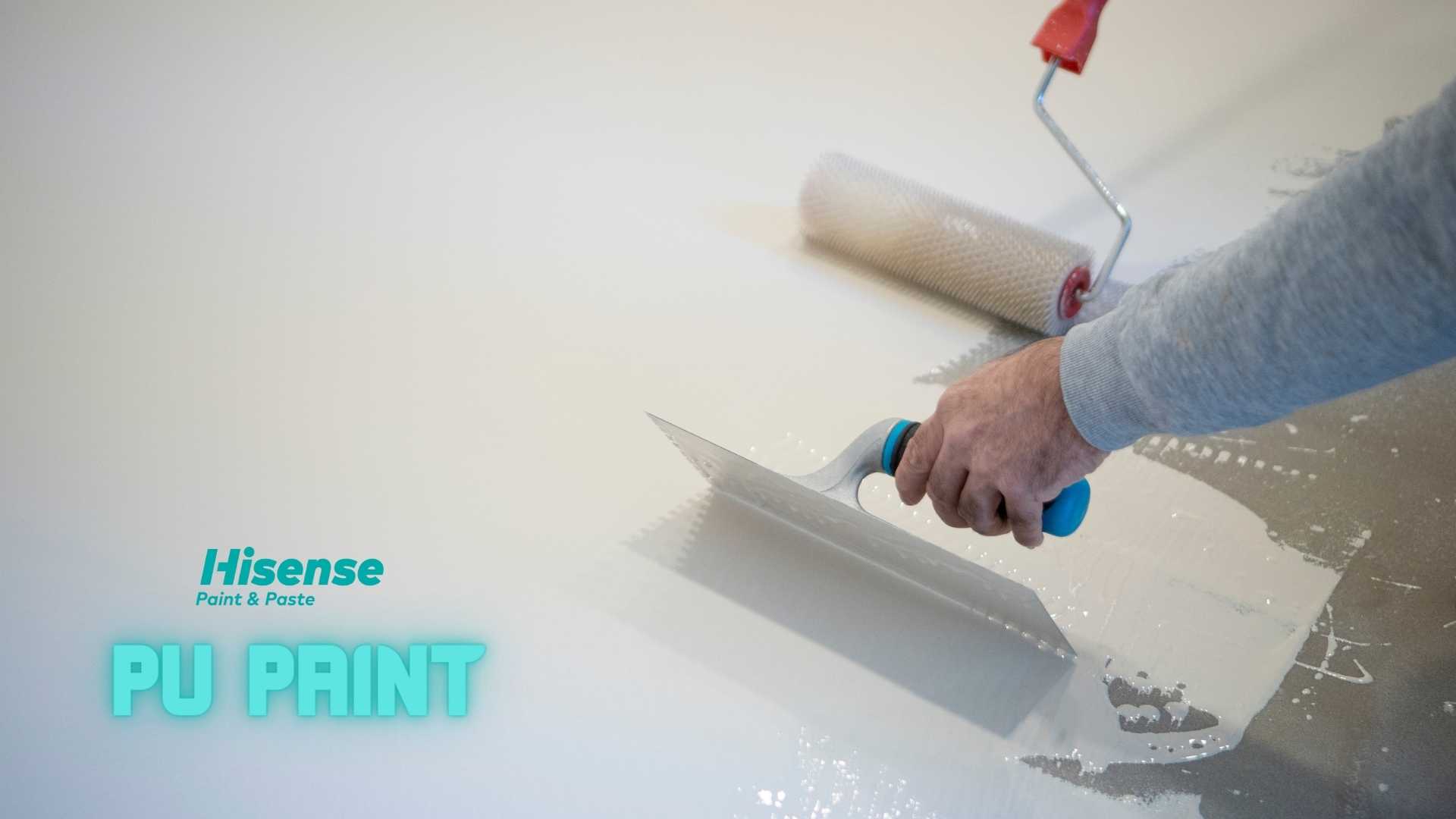What is Polyurethane?
Polyurethane is a versatile and durable polymer that has numerous applications in various industries. It is a type of plastic that can be rigid or flexible.
These unique properties make this material an ideal choice for a wide range of products. One of the primary advantages of PU is its high wear resistance, which has earned it the nickname “wear rubber.”
This property makes it a popular choice for applications that require durability, such as in the manufacturing of automobile parts, sports equipment, and shoe soles. In addition to its wear resistance, polyurethane is also highly customizable in terms of its properties and morphologies.
This means that by adjusting the type and dosage of raw materials, manufacturers can create polyurethane products with different characteristics to meet specific needs. For example, polyurethane can be made into foam, adhesive, paint, and elastomer forms, each with unique properties suitable for different applications.
Polyurethane Uses:
PU has many uses across different industries and products. Here are some common applications of polyurethane:
-
Flexible polyurethane foam:
Used as cushioning for a variety of consumer and commercial products, including bedding, furniture, automotive interiors, carpet underlay, and packaging.
-
Elastomers:
Can be found in a number of products, from gaskets to paint rollers to gel pads.
-
Binders:
Used to adhere numerous types of particles and fibers to each other. Their primary areas of use are in the manufacturing of wood panels, rubber or elastomeric flooring surfaces, and sand casting for the foundry industry.
-
Plastic straps and bands:
Used as flexible plastics in various industries such as agriculture, military, automotive, and industrial.
-
Rigid foam insulation panels:
Used in construction and transportation industries.
-
Hard plastic parts:
Used in various industries such as mining, mineral processing, aggregate, transportation, concrete, paper processing, and power.
-
Carpet backing:
Used in flooring materials.
-
Fabrics:
Used to make fabrics like nylon and spandex in the apparel industry.
-
Coatings and adhesives:
Used in a wide variety of applications, from coatings and adhesives to shoe soles, mattresses, and foam insulation.
-
Seals and gaskets:
Used in various industries such as automotive suspension bushings, electrical potting compounds, and seals.
-
Medical supplies:
Used to make various medical supplies.
-
Packaging:
Used to create various packaging products.
-
Inflatable boat manufacture:
Used in the construction of inflatable boats.
-
Paint:
It is a kind of super-tough varnish that is formulated so that its microscopic chains of resin molecules will bond tightly with one another as it dries.
How is PU made?
Polyurethane is made by reacting diisocyanates (usually toluene or methylene) with a combination of polyols and other compounds known as chain extenders. This process creates a polymer through an addition polymerization reaction.
The exact process for making PU can vary depending on the desired form of the material but generally involves the addition polymerization of oligomeric polyol, multi-isocyanate, and chain extender. Polyurethane can be made in different forms such as elastomers, foam, and coatings.
Polyurethane elastomers are made by adding polyisocyanate, polyether or polyester polyol, and chain extender or crosslinking agent through a stepwise addition polymerization process while PU foam is made by reacting diisocyanates with polyether or polyester polyols through a chemical reaction that produces a foam.
Regardless of the form, polyurethane possesses many advantages such as high elasticity, excellent impact resistance and wear resistance, and large hardness tunability.
However, it is important to note that it’s mechanical properties and heat resistance could still benefit from further improvement to widen its scope for applications.
Additionally, there are various types of both diisocyanate and polyols that can be reacted to produce polyurethane foam, resulting in a wide range of polyurethane foam types, each with different characteristics that can be selected according to the required specification of different applications.
Furthermore, the addition of new materials such as isocyanurate structures to the polyurethane matrix enhances mechanical and thermal properties and improves its fire resistance behavior.
The production of Pu involves the chemical reaction between diisocyanates, polyols, and chain extenders to form a polymer through the addition polymerization process.
The process for making polyurethane can vary depending on the desired form of the material but generally involves this addition polymerization reaction.
This process can result in different forms of polyurethane such as elastomers, foam, and coatings, each with unique characteristics and properties.
Polyurethane possesses many advantages such as high elasticity, excellent impact resistance and wear resistance, and large hardness tunability.
However, it’s mechanical properties and heat resistance could still benefit from further improvement to widen its scope for potential applications.
What is the use of polyurethane in the paint industry?
Polyurethane, also known as PUR or PU, is a type of polymer that has found widespread use in the paint industry. Its versatility, durability, and resistance to abrasion, chemicals, and water have made polyurethane a popular choice for a variety of paint applications.
PU paint is commonly used in the automotive industry, as it protects vehicles against UV radiation and harsh weather conditions. Furthermore, PU paint is frequently used in the construction sector because of its ability to bond with a wide variety of materials such as metal, plastic, wood, and concrete.
In addition to its protective qualities, PUR paint also offers a sleek finish and can be customized with different colors and textures. Water-based polyurethanes are particularly advantageous as they are nontoxic, nonflammable, and eco-friendly making them a popular choice for environmentally conscious consumers.
Polyurethane materials are highly versatile and have been widely used in various industries, including the paint industry. This is because of the favorable mechanical properties, resistance to chemicals and wear that polyurethane possesses.
Waterborne polyurethane, in particular, has been abundantly used as an environmentally friendly coating and adhesive due to its safety advantages and low cost. Aqueous polyurethane has also gained attention in the paint industry due to its properties, such as dispersibility and film-forming ability.
However, the application range of waterborne PUR is limited due to its poor water resistance and weak mechanical properties. Despite these limitations, the use of polyurethane in paints and coatings continues to increase as technology advances.
What are the uses of PUR paint in construction?
PU paint is a versatile material that has become increasingly popular in the construction industry. Its unique properties allow for its use in various applications such as protecting surfaces from weather and chemical damage, creating high-gloss finishes, and enhancing durability.
One of the significant advantages of polyurethane paint is that it has low volatile compounds that make for fast drying properties and exceptional flexibility, impact resistance, and abrasion resistance.
Furthermore, it has transparency and easy adherence to several substrates such as metal structures, interior and exterior wood, automotive paint, and other materials.
Due to its excellent adhesion, transparency, high gloss, and weathering resistance properties, PU paint is widely used in the construction industry as a protective and decorative coating for several surfaces.
Another benefit of PU paint is that it can be customized to fit specific requirements. By changing the type and dosage of raw materials, one can obtain products with different properties and morphologies.
This makes polyurethane paint an excellent choice for construction projects that require superior performance and design. Moreover, water-based polyurethane is often preferred for its non-toxic and non-flammable properties.
In conclusion, polyurethane paint is a versatile material that has various applications in the construction industry. Its unique properties such as low volatile compounds, fast drying, exceptional flexibility, and resistance to weather and chemicals make it an ideal choice for protective coatings and high-gloss finishes.
Additionally, the ability to customize its properties to meet specific needs further enhances its suitability in construction projects.
Aref Chemical, a manufacturer of polyurethane paint with the Hisense brand, exports its products to the whole world with years of experience in the field of producing various chemical products, adhesives, and paints.
Compare prices and contact us.
Our colleagues will contact you as soon as possible for a free estimate and the latest prices.






22 Responses
I enjoyed it
https://qomtamirat.com/
Thank you
https://tavatranslation.com/
thank s
https://qomtamirat.com/
thank you
https://qomtamirat.com/
so good
thanks https://behdama.com/%d9%be%da%a9%db%8c%d8%ac-%d8%a8%d8%b1%d9%82%db%8c/
great
https://daroosf.com/%D9%85%DA%A9%D9%85%D9%84-%D8%A7%D9%86%D8%B1%DA%98%DB%8C-%D8%B2%D8%A7/
oh my God
https://qomtamirat.com/
yes exactly
https://arefchemical.ir/%d8%a7%d9%86%d9%88%d8%a7%d8%b9-%d8%b1%d9%86%da%af-%d8%b3%d8%a7%d8%ae%d8%aa%d9%85%d8%a7%d9%86%db%8c/
i agree with you
https://behdama.com/%d8%b3%d8%ae%d8%aa%db%8c-%da%af%db%8c%d8%b1-%d8%a2%d8%a8/
oh thanks
https://qomtamirat.com/
oh yes
https://daroosf.com/%D9%88%DB%8C%D8%AA%D8%A7%D9%85%DB%8C%D9%86-%D8%AF%DB%8C-%D8%AF%D8%B1-%DA%A9%D9%88%D8%AF%DA%A9%D8%A7%D9%86/
👍👍👍
🙏🙏🙏🙏
Thank you for explaining “Polyurethane or PU, From Adhesive to Paint”
🤩🤩🤩🤩🤩🤩
https://arefchemical.ir/%D9%BE%D9%84%DB%8C-%D8%A7%D9%88%D8%B1%D8%AA%D8%A7%D9%86/
Polyurethane is a remarkable material that has revolutionized various industries with its incredible versatility. It’s a type of polymer that can be found in a myriad of products, from soft foams to rigid plastics, making it an essential component in modern manufacturing.
Imagine a world without the comfort of your cushy sofa or the durability of your industrial coatings—polyurethane plays a crucial role in both!
One of the standout applications of polyurethane is in industrial coatings. These coatings provide a protective layer that guards against wear and tear, chemicals, and environmental factors. Picture a bustling factory floor: machines whirring, and products being manufactured.
The surfaces in such environments need robust protection, and polyurethane coatings offer just that, ensuring longevity and efficiency.
In the realm of furniture, polyurethane shines as well. It not only enhances the aesthetic appeal of furniture pieces but also fortifies them against scratches and stains. Think about your favorite wooden chair or dining table; the smooth finish you admire is often thanks to a polyurethane coating that keeps it looking pristine over time.
If you’re curious about how polyurethane works or want to see it in action, check out this interactive demo that showcases its applications in various products. You’ll be amazed at how this material enhances everyday items!
Polyurethane is more than just a material; it’s a game-changer in industries ranging from manufacturing to home furnishings. Its ability to provide durability, comfort, and aesthetic appeal makes it a favorite among manufacturers and consumers alike. Explore more about how polyurethane can benefit your projects and everyday life!